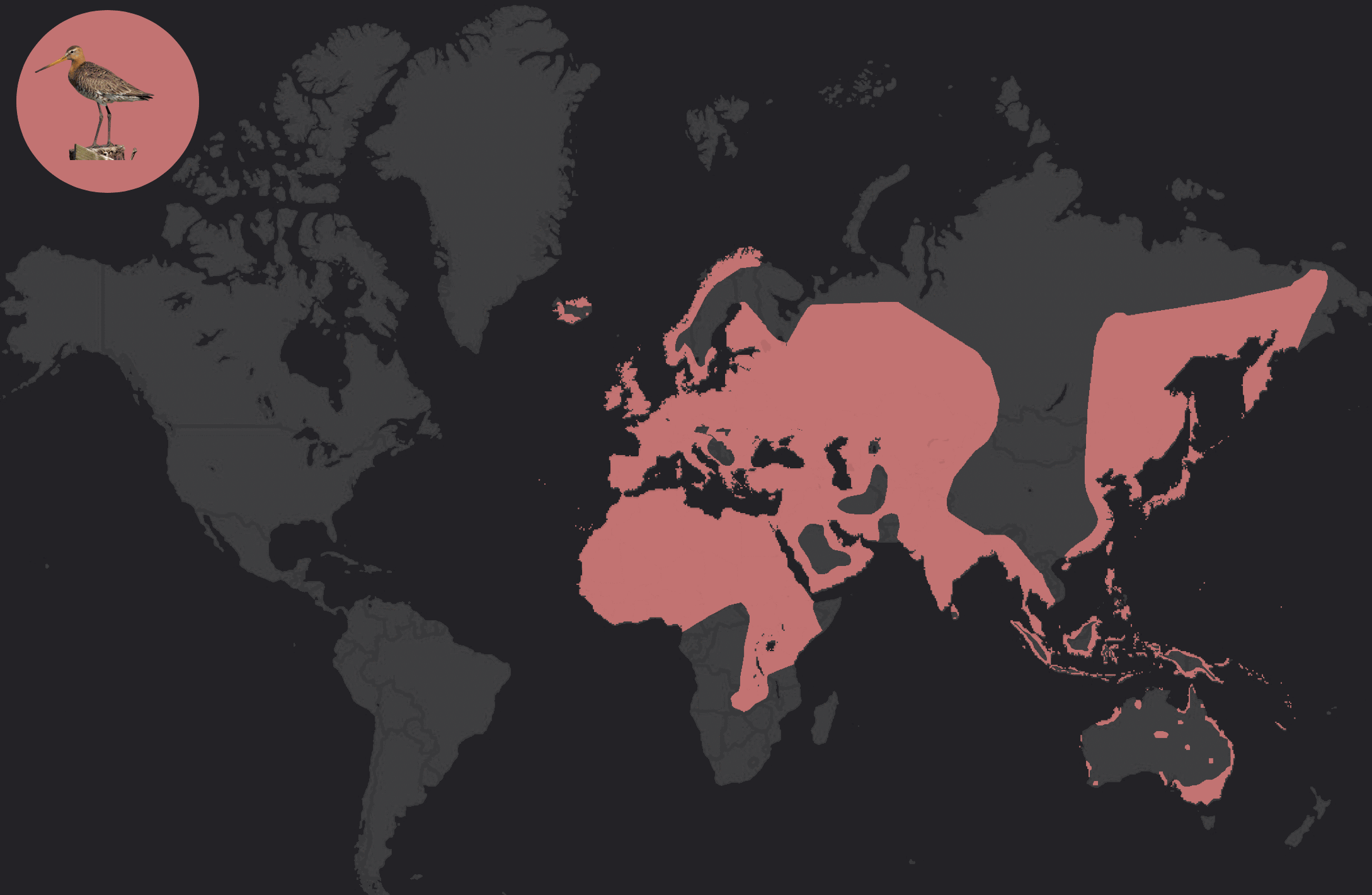What is iDNA?
iDNA, or invertebrate-derived DNA, refers to DNA extracted from an invertebrate that is not the DNA belonging to the invertebrate itself. Typically this refers to DNA from the bloodmeal of an invertebrate, such as a mosquito, biting fly, or leech. In recent years, leeches have been promoted as a tool for conducting non-invasive biodiversity surveys.
Projects
iDNA for Forensics
Leeches solve their own mystery: how iDNA from contraband leeches may lead us to the region from which they were poached
If leeches could be used to survey the biodiversity of a known region, why not use leeches to pinpoint an unknown region?
When 4,788 CITES-protected medicinal leeches were detained at Toronto’s Pearson International Airport, we analyzed DNA of the blood the leeches had fed on (prior to their capture). Based on the geographic distribution of each species identified from the blood, we attempt to pinpoint where the leeches were poached.

Caught red handed: iDNA points to wild source for CITES-protected contraband leeches
Abstract
In October of 2018, Canada Border Services Agency (CBSA) at Pearson International Airport in Toronto notified the Wildlife Enforcement Branch of Environment and Climate Change Canada that a passenger had arrived aboard a flight from Russia with a large quantity of live leeches. The leeches had been discovered in the passenger’s carry-on luggage. An enforcement officer with Environment and Climate Change Canada detained the leeches to identify the species in order to determine whether the import was lawful. We identified the leeches as Hirudo verbana and extracted DNA from the bloodmeals of a subsample of 240 leeches and used metabarcoding of 6 mitochondrial loci to determine the vertebrate host species on which the leeches had previously fed. Sixteen undomesticated vertebrate host species were identified from the bloodmeals of the imported leeches, indicating that these leeches were collected from wild habitats. Furthermore, the overlap of host species’ distributions point to a possible collecting source in the Volga delta, the Danube delta, or the coastal area region on the east side of the Sea of Azov. Our findings support the utility of invertebrate-derived DNA (iDNA) as a valuable tool in forensic evaluation of trafficked wildlife and provide new evidence regarding illegal exploitation of the European medicinal leech.
iDNA for Biodiversity Surveys
Coming soon: Metabarcoding iDNA for Biodiversity Surveys Across the Indo-Pacific
iDNA biodiversity survey results from Bangladesh, Cambodia, China, and Madagascar that harness next-generation sequencing metabarcoding methods will be coming soon!
For now, check out our sampling map: